At climb Kilimanjaro, we help people take on Africa’s highest mountain every single week. It’s what we do. We’ve stood on the summit ourselves, we’ve felt the thin air, and we know what it takes to get there. Whether you’re still dreaming about it or already planning your trek, we’re here to make sure you get the right information and the right support to make it happen.
In the video below, we take you right onto the mountain and share what it’s really like to climb Kilimanjaro. It’s part of Kilimanjaro: The Movie, a film we made to show the climb as it actually is—no filters, no fluff. And in this post, we’ll dive into some of the most interesting facts about the mountain—things that make it special, unique, and worth every step. From glaciers and volcanoes to wildlife and culture, this is what makes Kilimanjaro more than just a mountain.



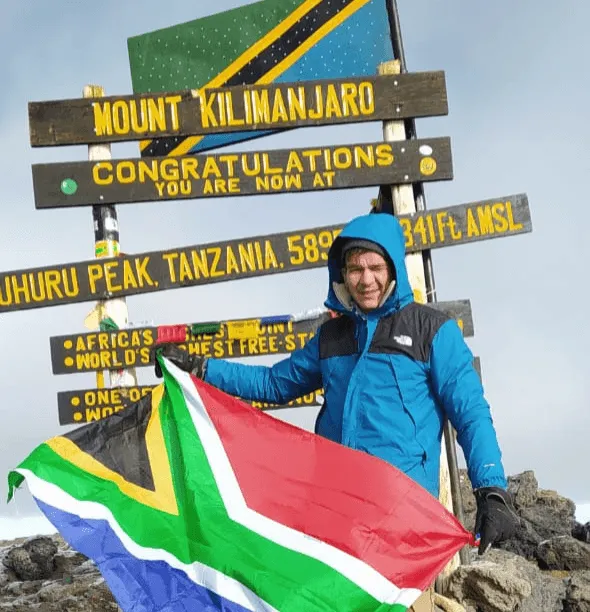
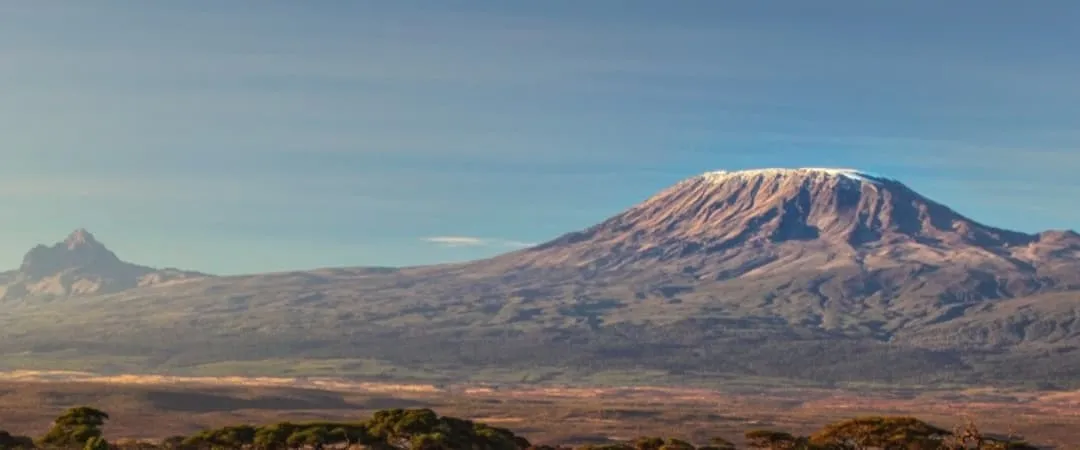

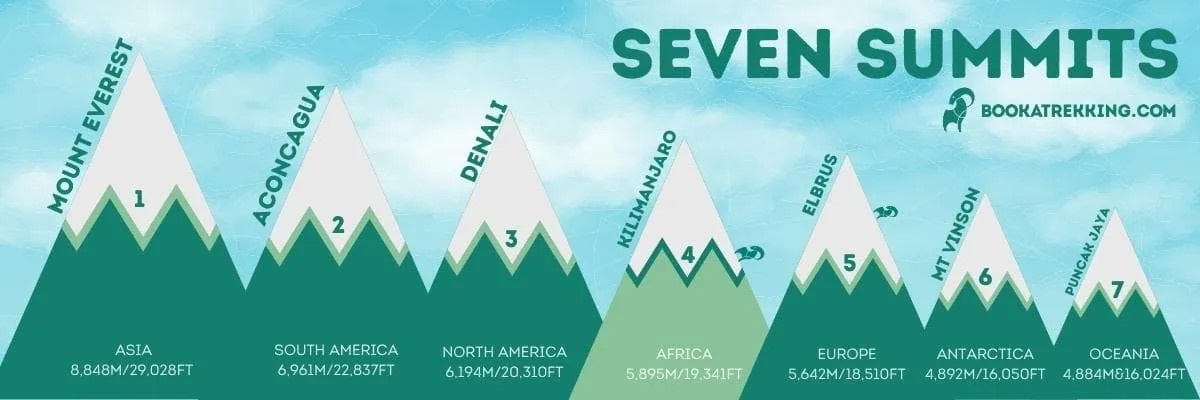


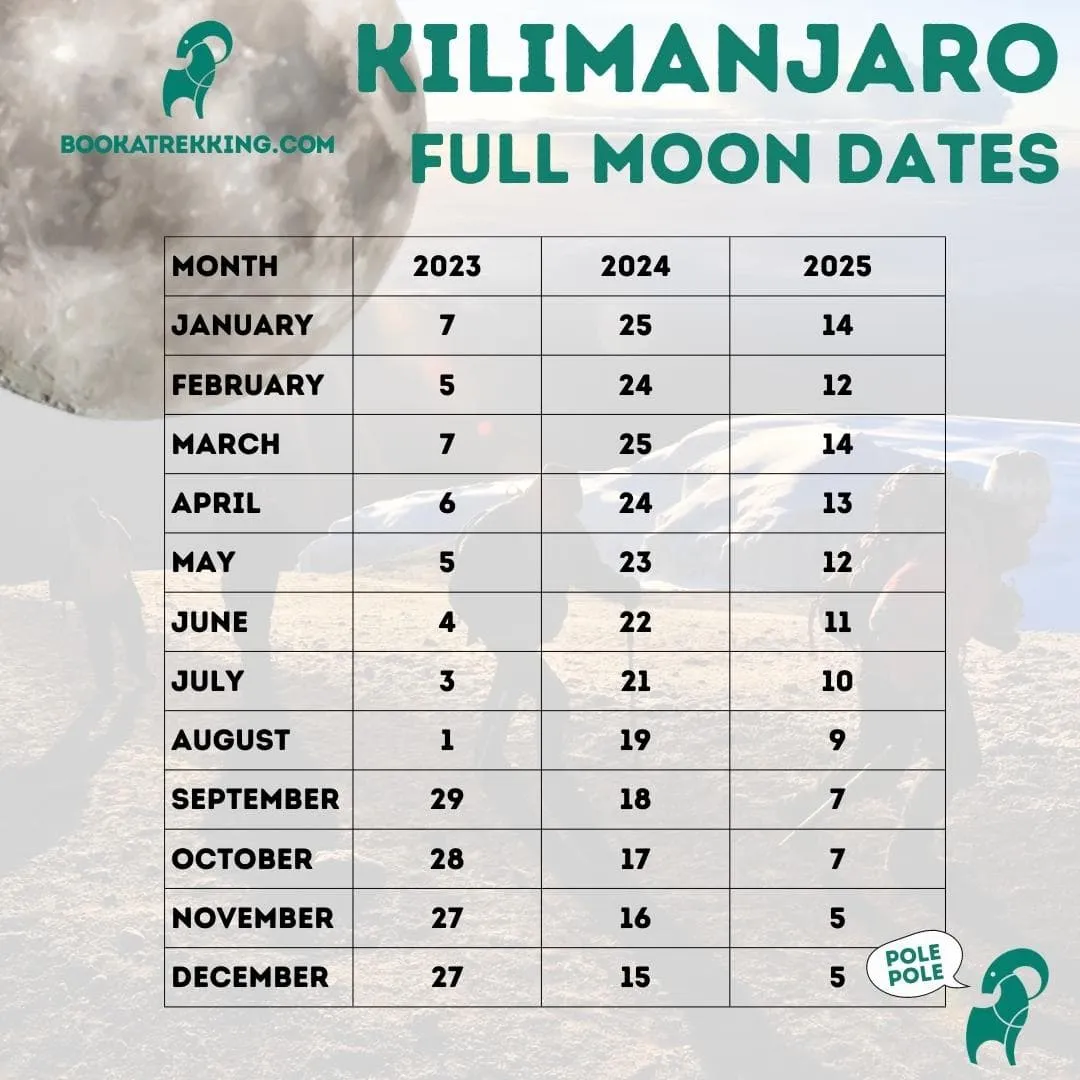
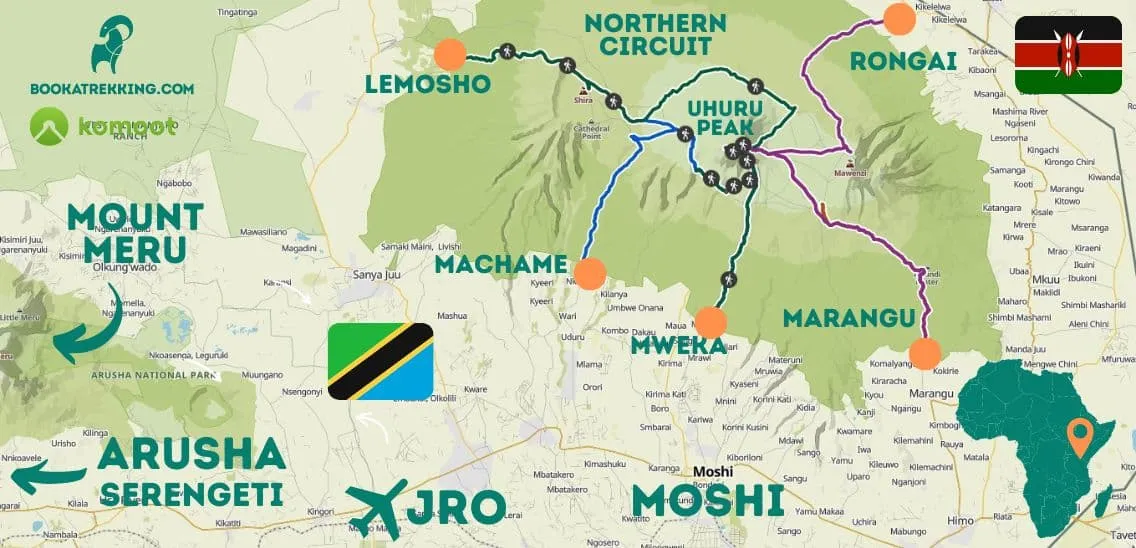

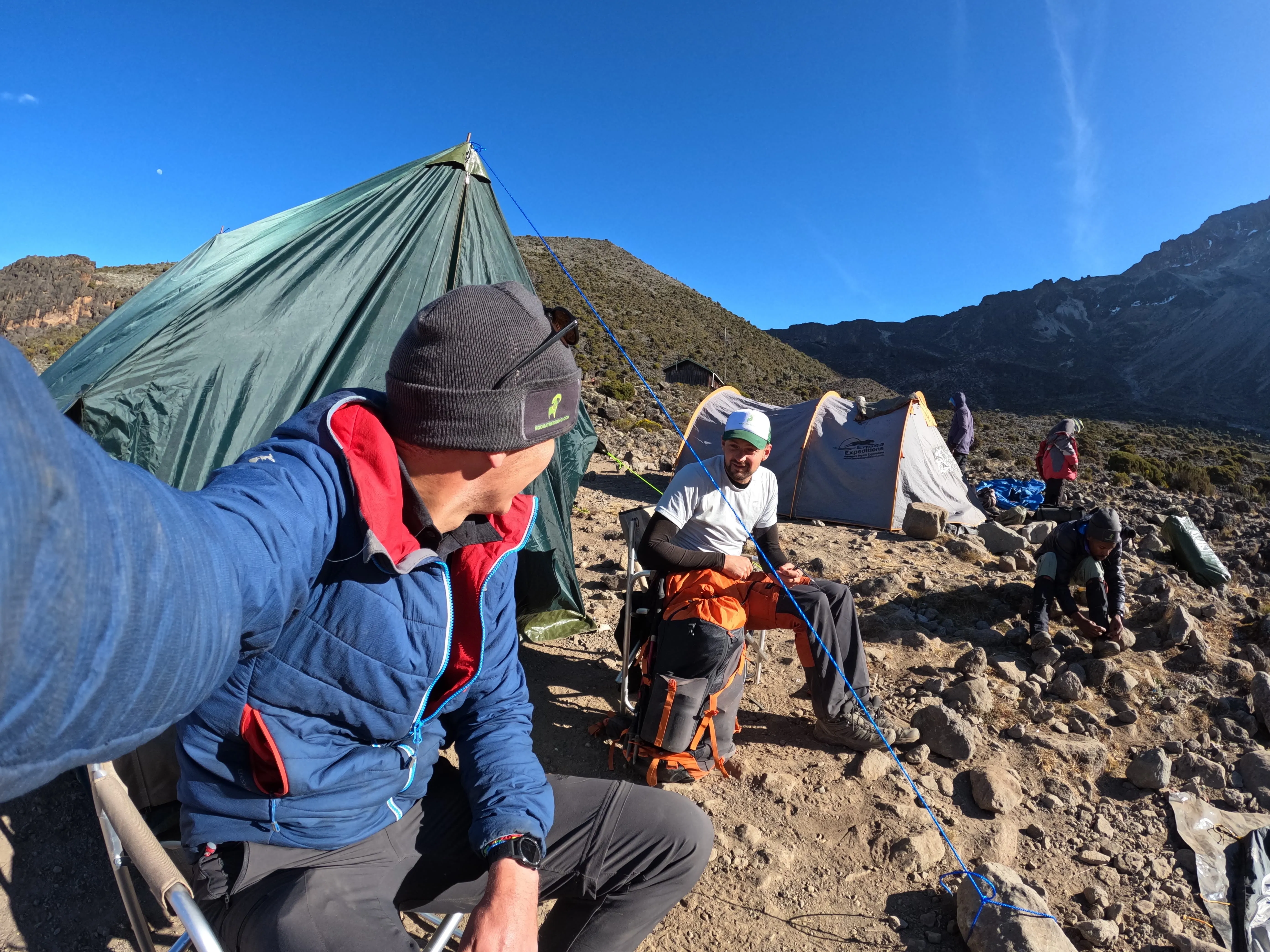
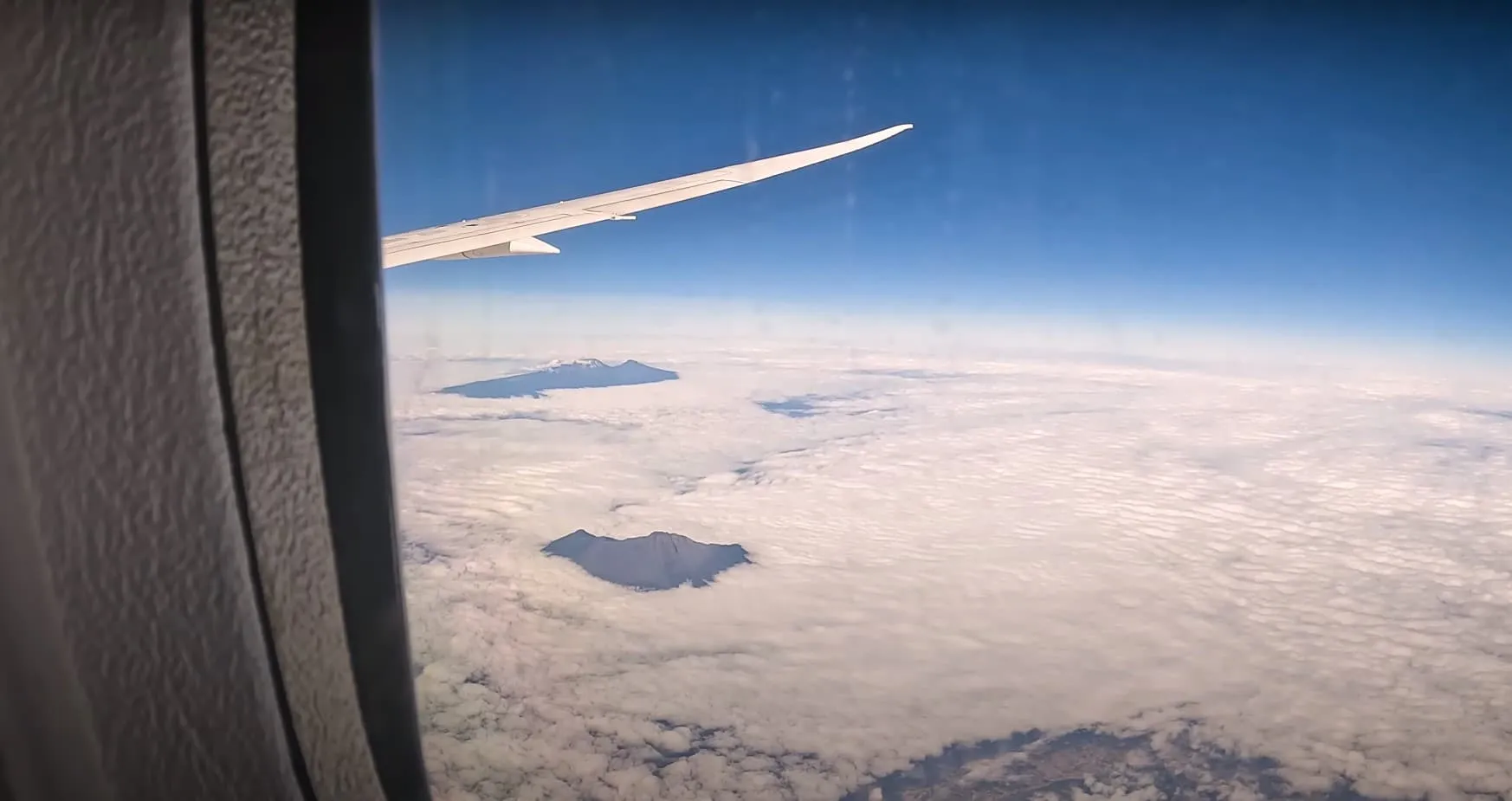
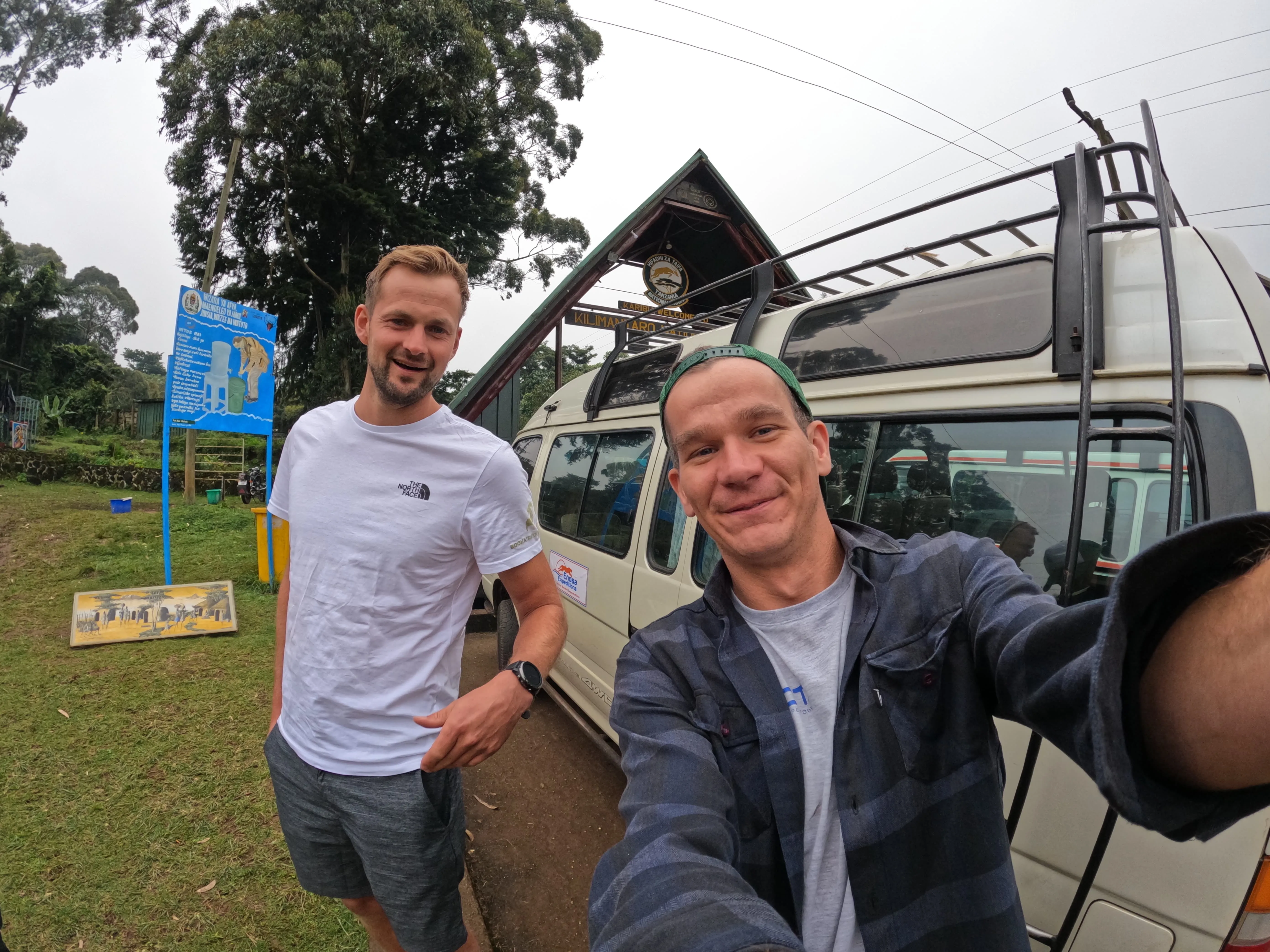
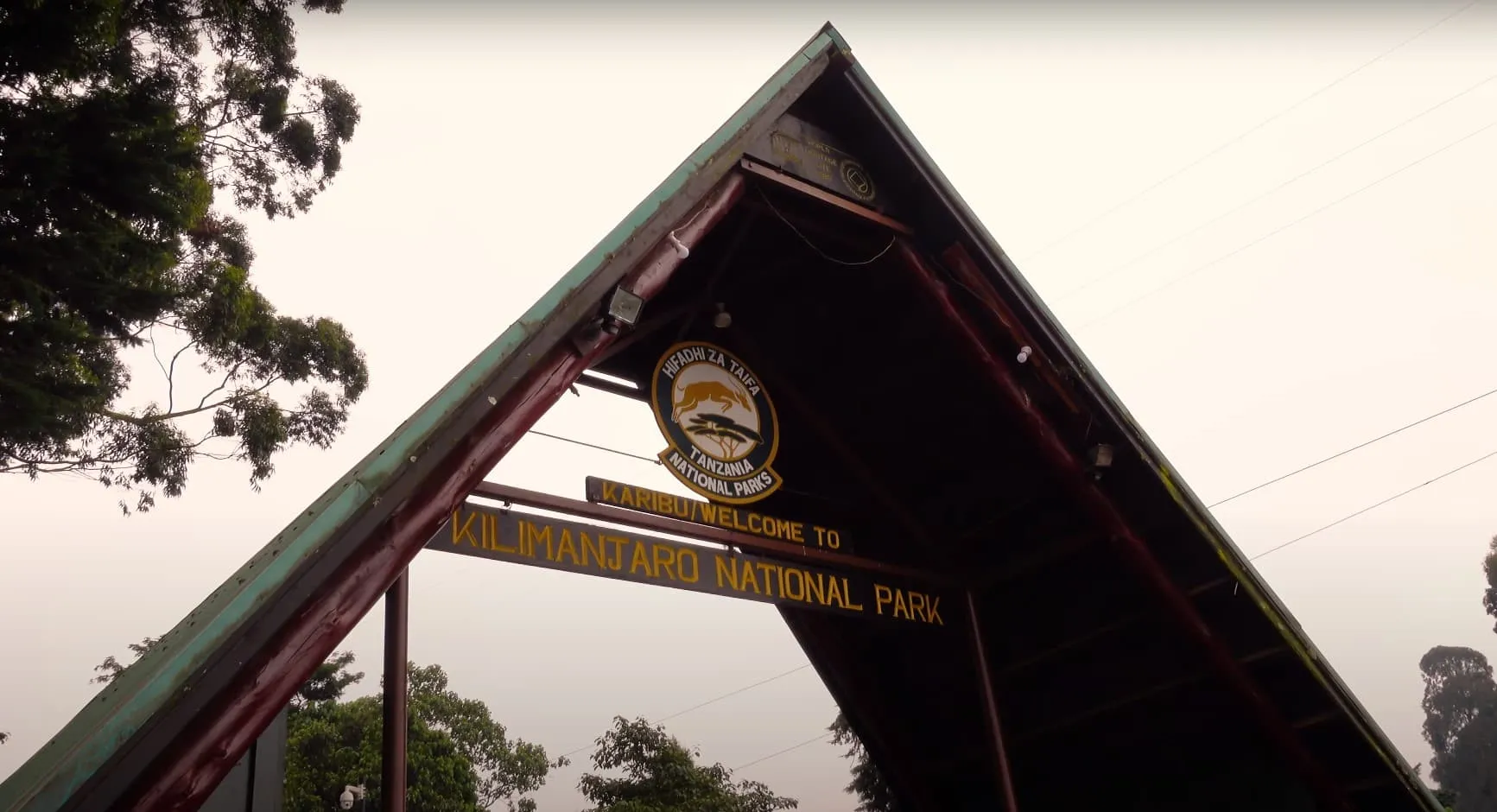
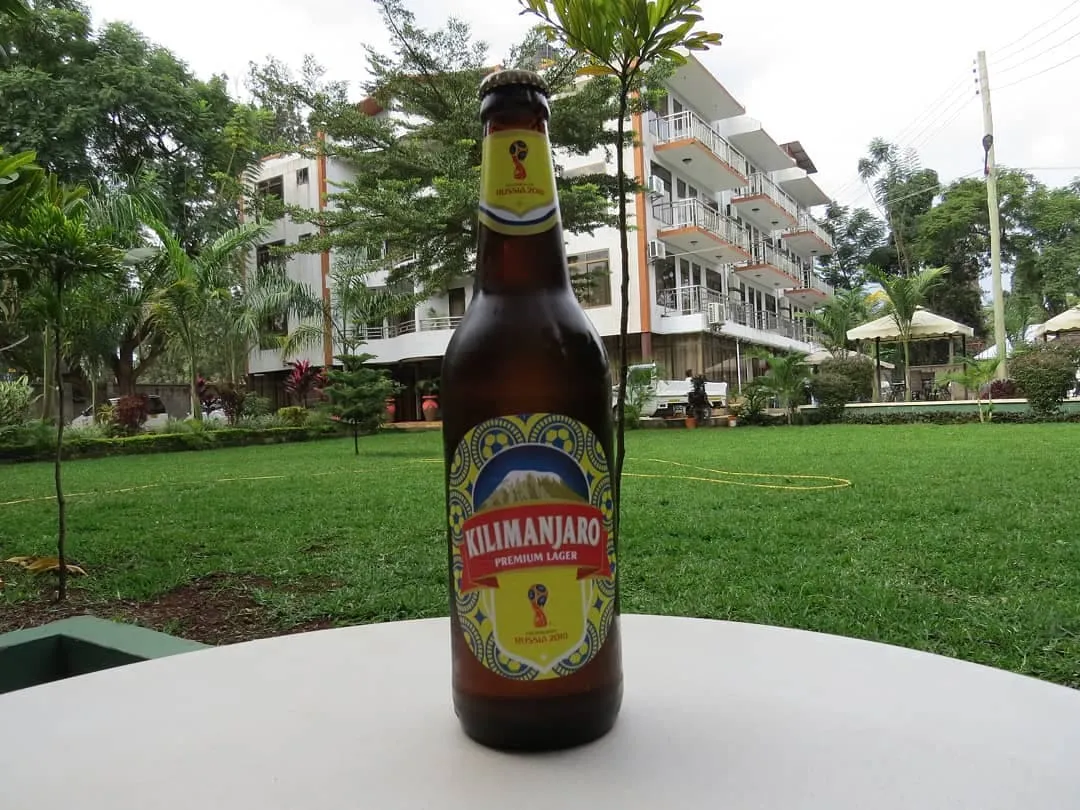
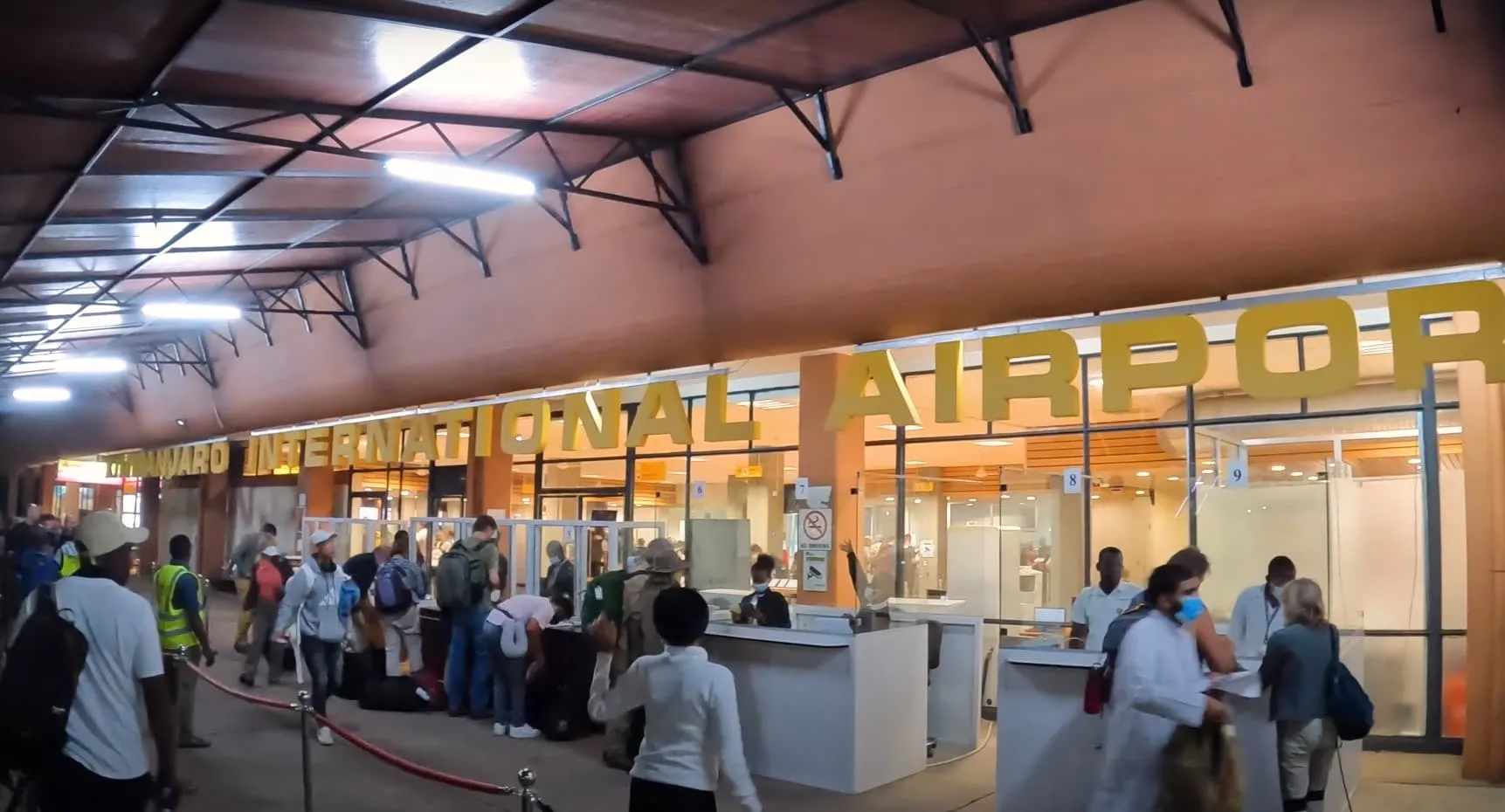

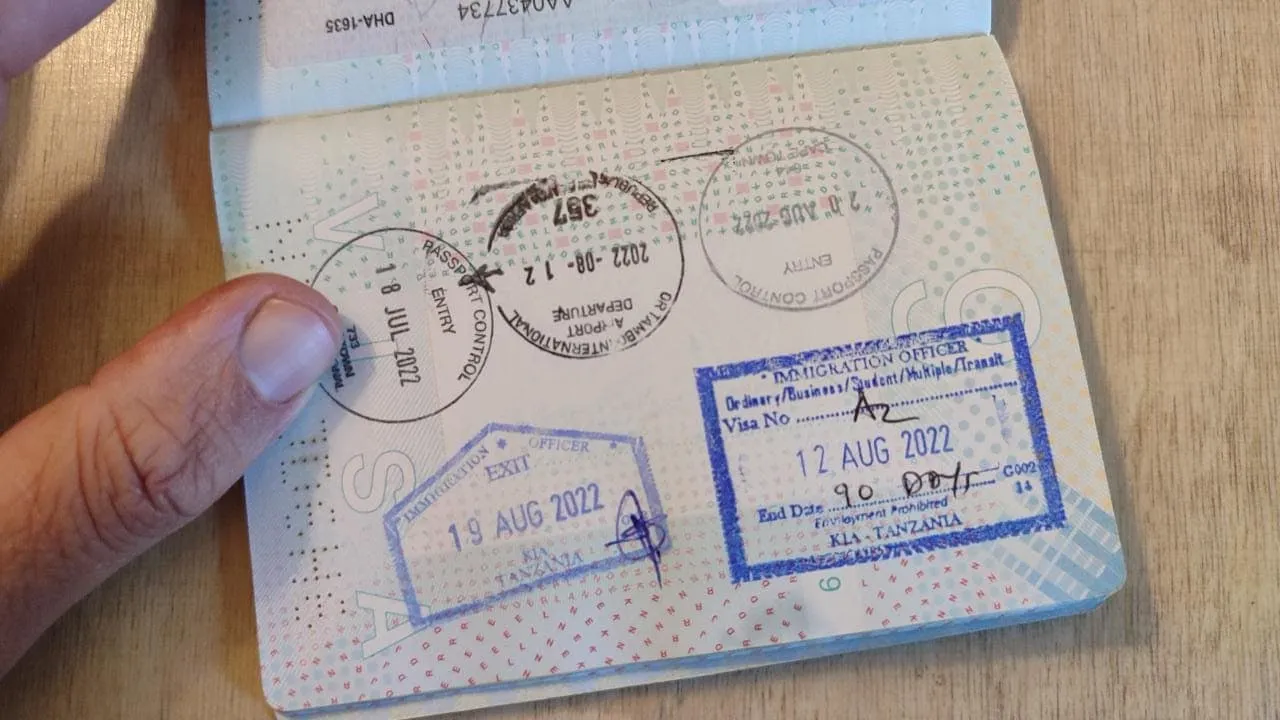

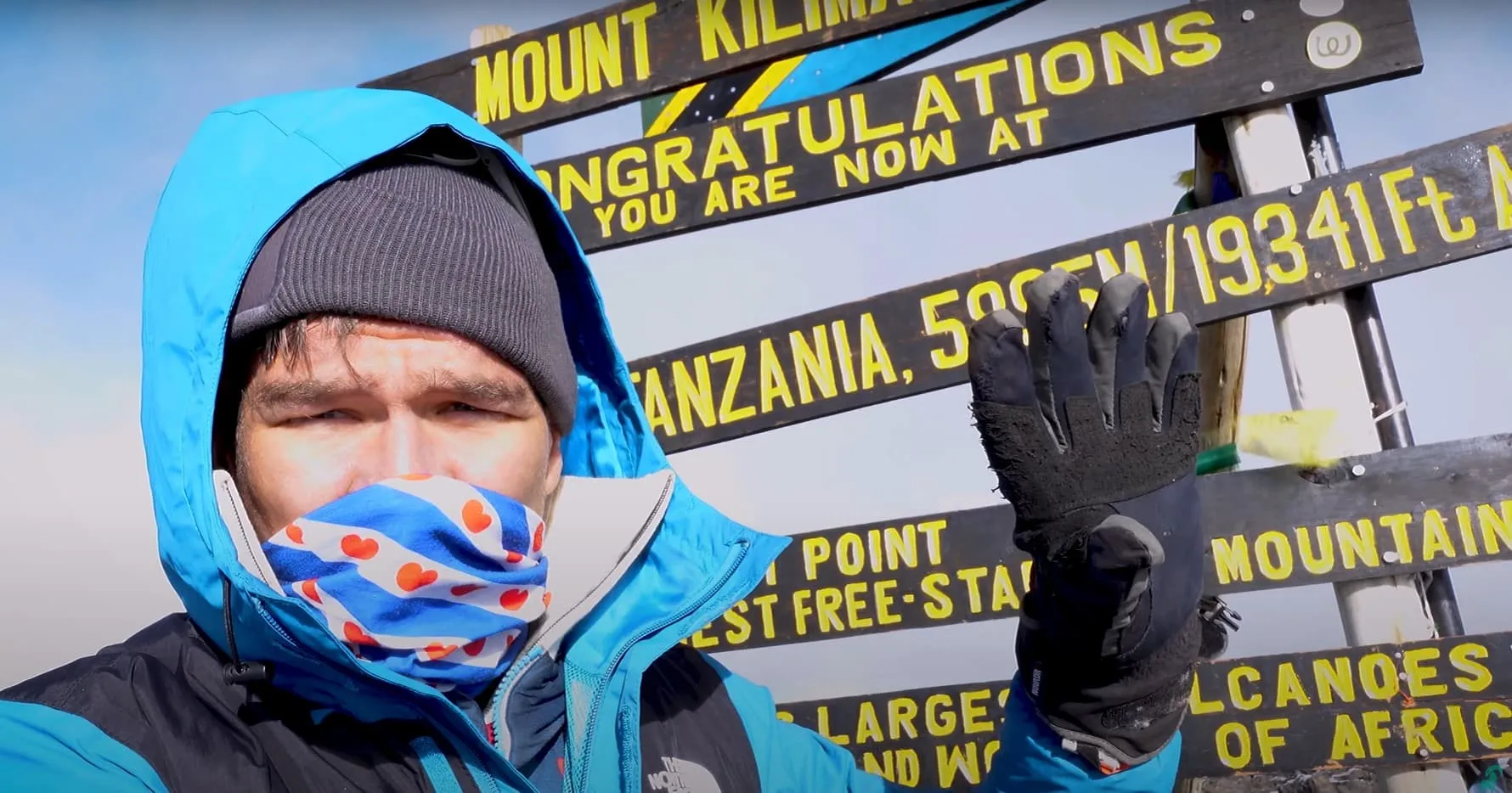




Comments